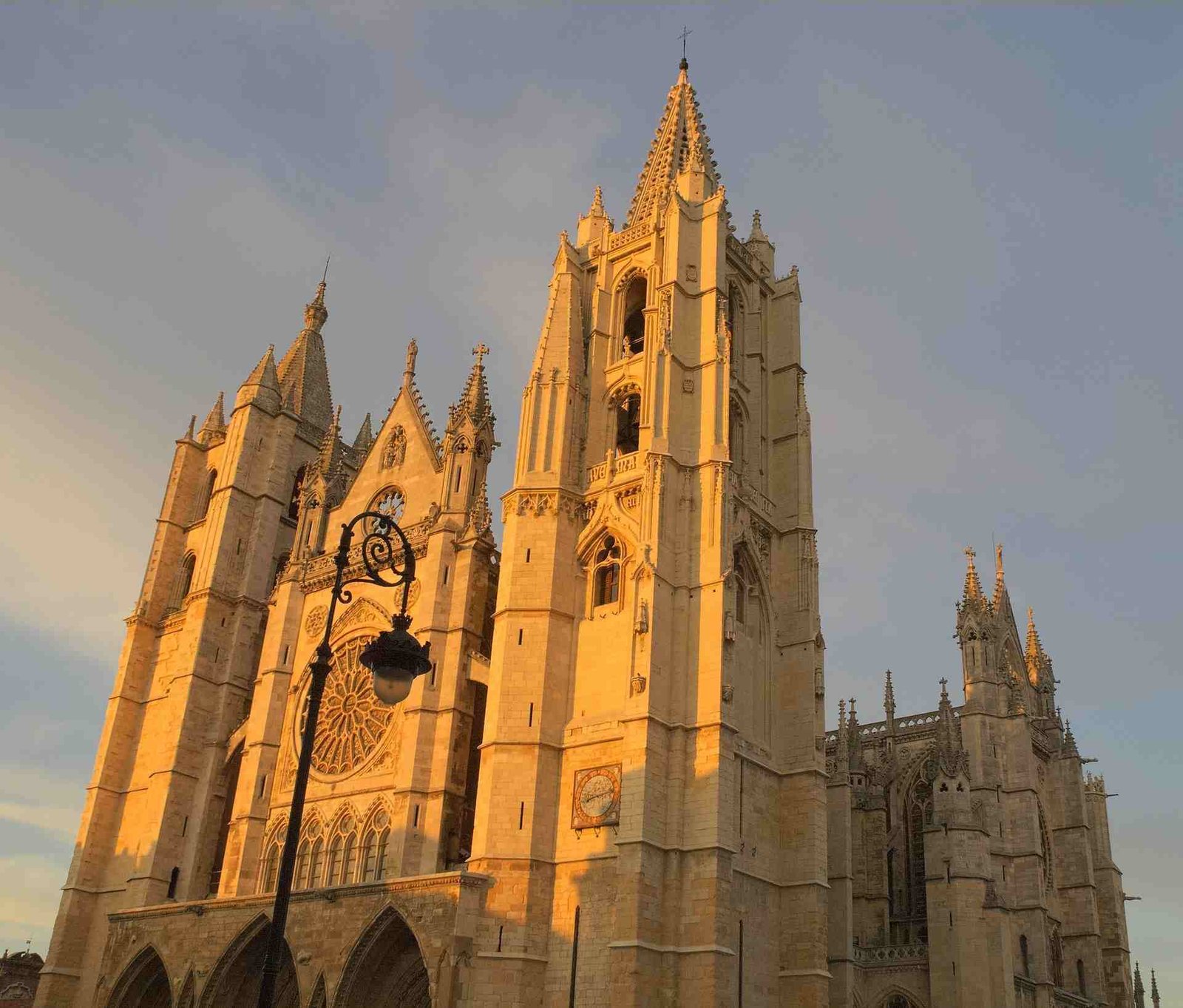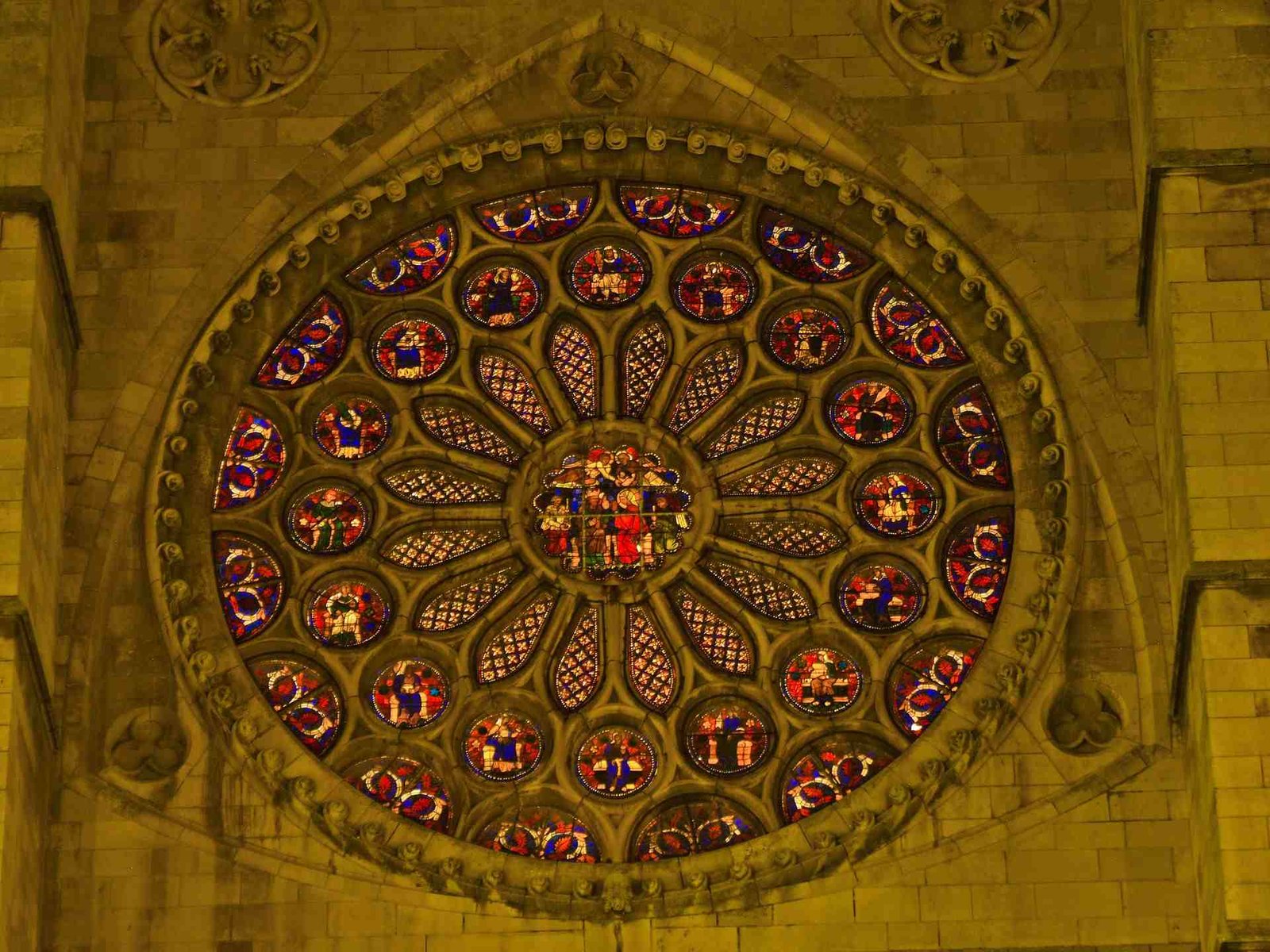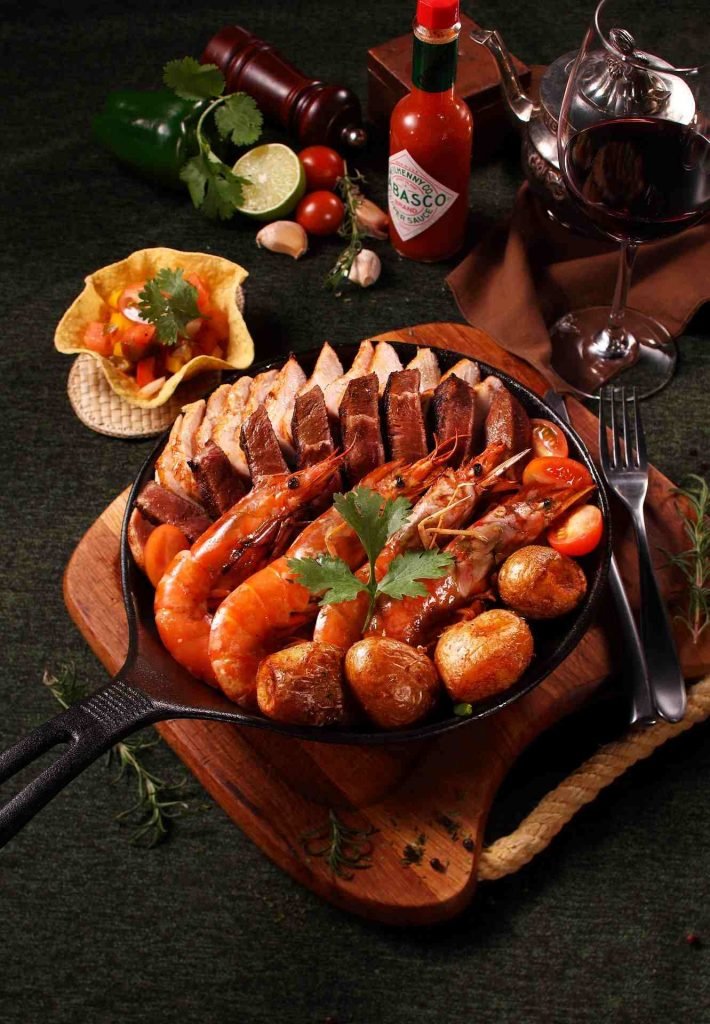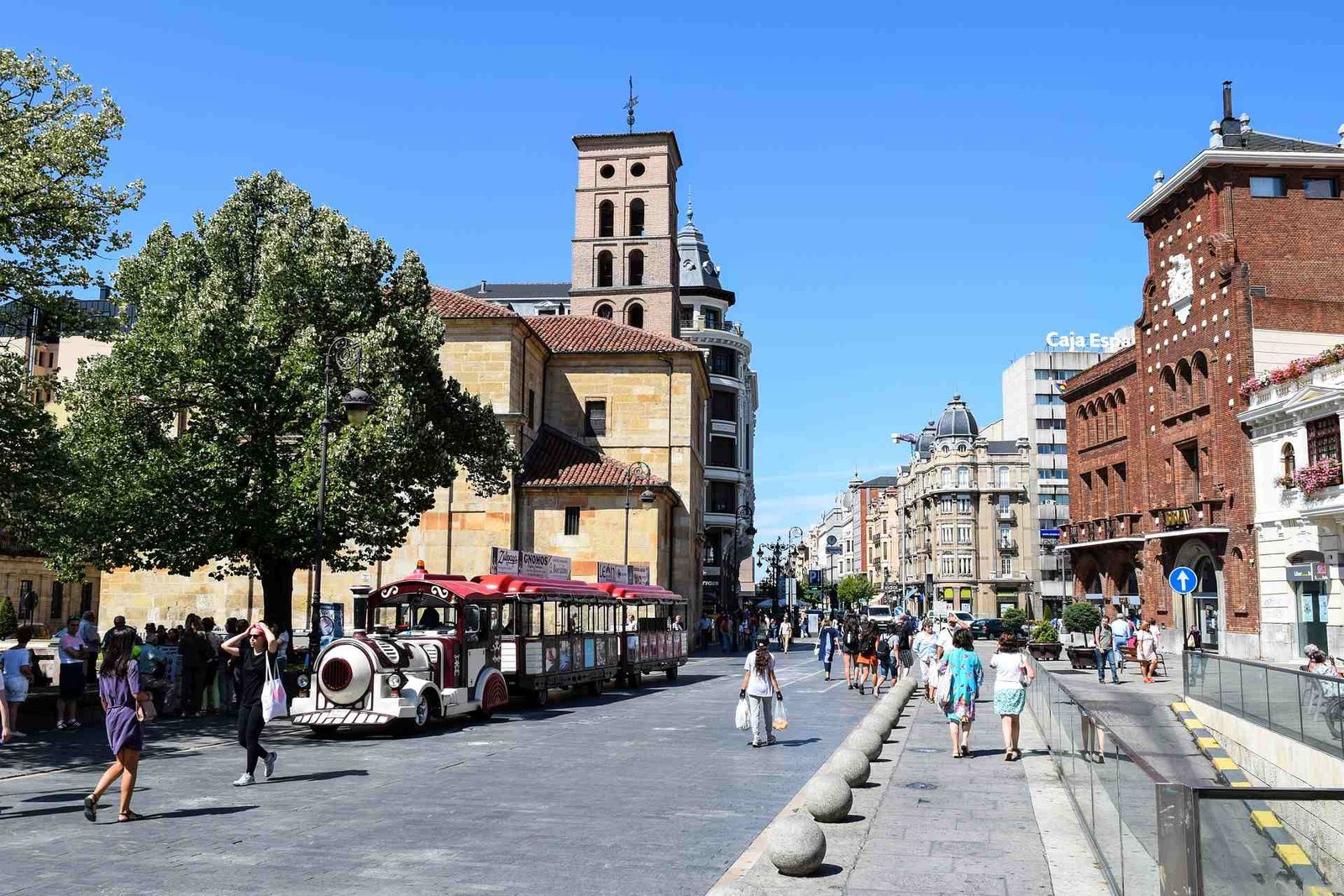Attractions in Leon
The city of Leon in Spain is a place where a rich history meets amazing architecture.
Just one example is the luxurious interior of the cathedral that heavily draws inspiration from the French.
Leon is a small town on the banks of the Bernesga River, in the Middle Ages – the capital of the kingdom of the same name and an important point on the way of pilgrims following Santiago de Compostela. Today Leon is best known for it’s university that draws accomplished students from all over the country. But Leon also draws the interest of gourmets from around the world with its local cuisine and wines.

Cathedral of Santa Maria de Leon
A must-see destination for tourists is Santa Maria de Leon. The cathedral was built on the site of the ancient Roman temple of Mercury. Today, Santa Maria de Leon is one of the most famous temples of northern Spain and the clearest example of Spanish Gothic architecture. It is interesting that the towers of the cathedral are not the same in height and shape. The Towers were erected separately with a difference of more than a hundred years.
Sculpture of Las Cabezadas.
When you come to Leon for the weekend you need to visit the sculpture of Las Cabezadas.In the middle of the XII century, during a severe drought, residents of the city of Leon begged for rain from St. Isidore. In memory of this, every second Sunday after Easter, the mayor of Leon in Spain brings to the rector of the church of St. Isidore a huge candle. Accepting the gift, the abbot emphasizes that it is the duty of the city council. And the mayor assures that this is a voluntary impulse. So a dispute ensues, which ends in a draw until next year. In memory of this, the sculptures of Las Cabezadas in the city of Leon were established.
Monastery of St. Mark

Another historical relic of Leon, today converted into a luxury hotel. The monastery of St. Mark, built in the style of Spanish Renaissance. It was built at the beginning of the XVI century as the place for the visiting pilgrims following Santiago de Compostela to spend the night. The history of the pilgrims is celebrated by a bronze statue of a resting pilgrim on the square in front of the monastery.
Since cooking throughout the region has been cultivated. Composed mainly of ham, chicken, and wild mushrooms. And an ancient tradition called matanze that involves the actual slaughtering of cattle at home and the following use of the whole animal.
Despite the fact that Leon cuisine is very diverse, tourists should highlight several traditional dishes, such as smoked beef, black pudding, vegetable soup with vermicelli or garlic soup.
Local chefs pay special attention to baking, and many recipes came from the ancient monasteries, Yemas de Santa Teresa (sweets from egg yolks), toscas de la Virgen and bizcochos de San Lorenzo (biscuit cakes) are three examples that we think you should try.

The summer solstice is considered one of the biggest holidays in Leon. The holiday traditionally coincides with a large-scale citywide celebration, dedicated to the day of two apostles John and Peter. The main streets are filled with crowds of locals and tourists who make bonfires, give each other flowers and participate in musical performances.
St Froilán is another city holiday. All events hold a strong connection to the old traditions and customs. Horse-drawn carts decorated with historical flags and flags drive through the squares Plaza del Grano and Plaza de Regla.


